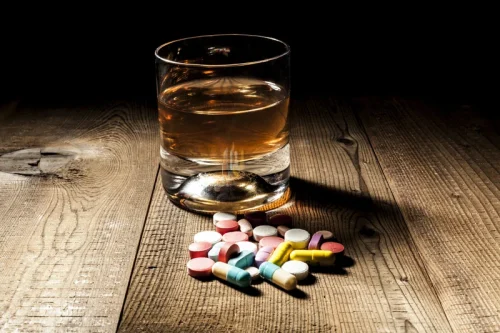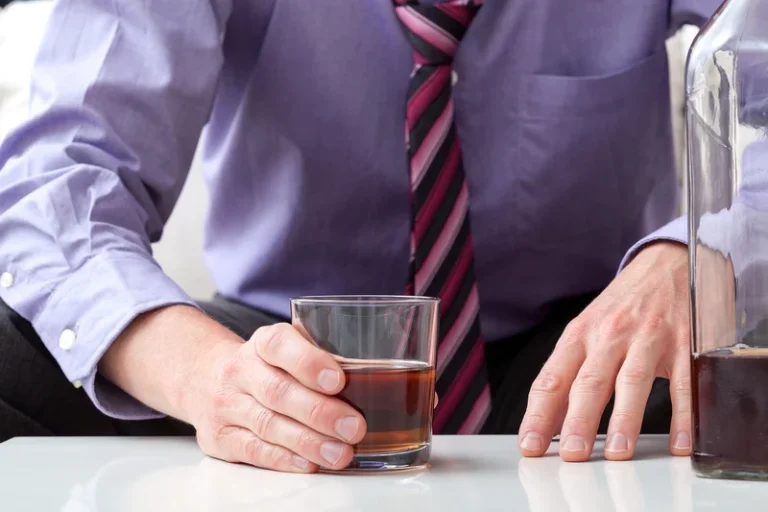Sober living
Tell-Tale Physical Traits of a Heavy Alcohol Drinker, Per Experts

Unhealthy alcohol use includes any alcohol use that puts your health or safety at risk or causes other alcohol-related problems. It also includes binge drinking — a pattern of drinking where a male has five or more drinks within two hours or a female has at least four drinks within two hours. The liver processes most of the alcohol we drink but is unable to deal with all of it. For heavy drinkers and those with an alcohol use disorder, the remaining alcohol leaves the body via breath, sweat, and urine. Combining alcohol and certain drugs causes the negative effects on oral hygiene to become worse. One of the most common forms of oral damage from substance abuse is through smoking meth, often referred to as meth mouth.

How To Spot an “Alcoholic Face”
At-Risk Stage – Known as the pre-alcoholic stage, this is when you choose to drink socially or at home. You may use alcohol to feel better after a long day, to relieve stress, or to cope with certain emotions and stressors; you may also be drinking more than intended. Lastly, you may start to develop a tolerance for alcohol but may not notice it yet. Generally, professional help is essential to address both the psychological and physical aspects of alcoholism. Men are more likely to develop colon cancer than women, but both are equally at risk if they misuse alcohol throughout life.
How Does Alcoholism Affect Body Weight?
- The reason alcoholics develop an alcohol-bloated face is that alcohol causes water retention (the inability of the body to rid itself of water), which causes alcoholic face swelling.
- Non-residential and short-term residential properties, rest homes, and retirement villages were excluded.
- When we pay attention to these physical indicators, we take charge our health and well-being — promoting a healthier and more vibrant appearance.
- Our caring and dedicated staff use personalized treatment plans and a wide range of therapies to ensure optimal success.
- Alcohol use also affects the cerebellum, the area of the brain that regulates balance and coordination.
This means the body adds these calories onto the ones consumed via food every time we drink, which can often put people way over their calorie limit if they drink excessively. Our bodies also prioritize getting rid of alcohol as it is a toxin and can’t be stored like carbohydrates, proteins, or fats. This slows metabolism as the body prioritizes getting rid of alcohol calories, leading to weight gain. Jaundice causes a yellow tint to the skin and the whites of your eyes because of a buildup of bilirubin in the body.
- This may occur due to unhealthy sleeping patterns or due to dehydration of the skin from alcohol.
- This can also affect the eyes, leaving them with a yellowish coloring.
- Symptoms of alcoholism vary, but in this piece we’ll focus on some of the physical signs of alcohol dependence.
- Elevated levels of gamma-glutamyltransferase (GGT) can also indicate excessive alcoholconsumption.
- Facial redness – Alcohol abuse reduces vascular control in the brain which can lead to blood vessels in the face becoming enlarged.
- Frequent drinking increased the likelihood of experiencing poor mental health, but only for women.
Identify Triggers for Drinking With Reframe!
Really start to pay attention to your habits, look at yourself in the mirror and see if you can go without a drink. Then decide if you want to take the step to get help; no one can make you. This occurs when the body is challenged to completely digest the excessive amount consumed, causing the toxins like “acetaldehyde” to accumulate in the body. Over time dilation occurs, resulting in spider veins in the face, particularly surrounding the face and cheeks.
Do All Heavy Drinkers Get Alcoholic Face?

These findings highlight the need to treat alcohol use and other mental health conditions in parallel. HED decreased the likelihood of experiencing good general health and positive mental health. Frequent drinking increased the likelihood of experiencing poor mental health, but only for women. These findings underscore the need for interventions and alcohol controls as an important policy strategy for reducing alcohol use and to mitigate its harmful consequences among New Zealanders.

Medical Professionals

In darker-skinned people, it may be more noticeable in the whites of the eye. Is a licensed and practicing pharmacist and medical writer who specializes in different substances, the effects of substance abuse, and substance use disorder. Edmund has an extensive background in addiction research and medical writing, working collaboratively with doctors, substance use disorder specialists, and clinical experts across all content on Recovered. Alcoholic myopathy can affect appearance by decreasing muscle mass, making arms and legs appear thin and weak. ‘Alcoholic face’ or ‘puffy face’ is a result of the dehydrating effects of alcohol. Alcohol depletes essential nutrients like B vitamins, crucial for healthy nerve function.
Does alcohol have permanent effects on appearance?
“When skin gets inflamed, it produces a condition called rosacea,” he said. Rosacea is characterized by redness on the face, and sometimes the ears, back, https://ecosoberhouse.com/ and chest. There are many other areas of appearance outside of the skin and face that can be affected by alcohol abuse.
You can look out for other signs of changes in behavior, overall appearance, and mental capacity to determine whether or not a loved one may be struggling with alcoholism. Here are some other signs of alcoholism to look out for, besides an alcohol face. Heavy drinking can accelerate aging, resulting in early development of wrinkles and fine lines due to dehydration and loss of skin elasticity. Chronic alcohol use may lead to liver disease, which can manifest as yellowing of the eyes and a generally unwell complexion. Alcohol use disorder steadily alcoholic physical appearance undermines your body’s ability to regenerate cells, culminating in noticeable signs of premature aging. As with water retention in the face and body due to the dehydrating effects of alcohol, the feet can also become swollen and discolored due to excessive alcohol abuse.
